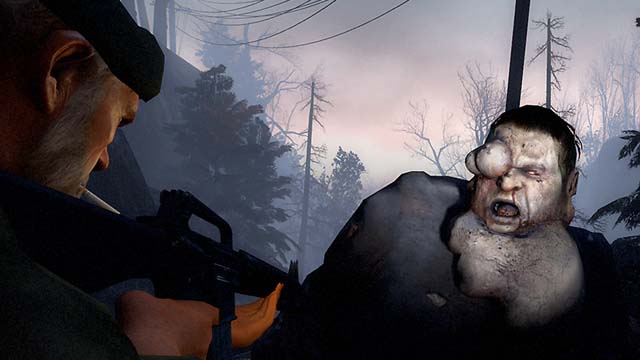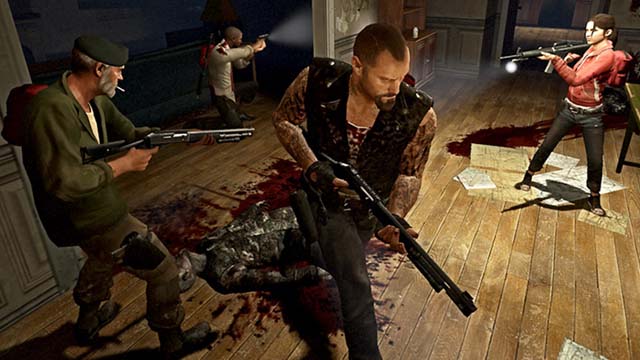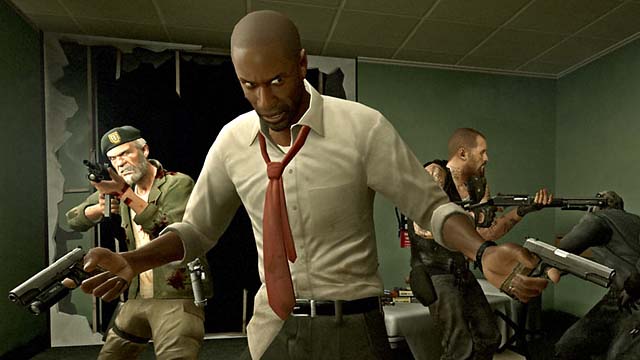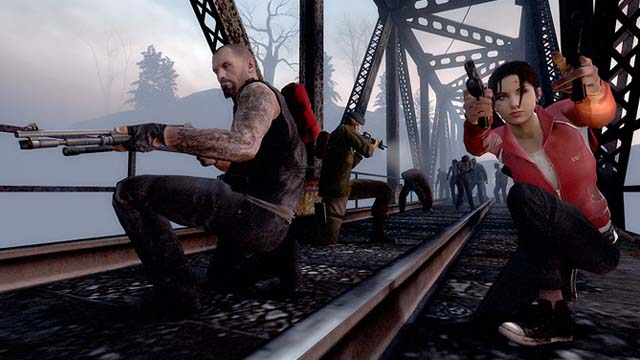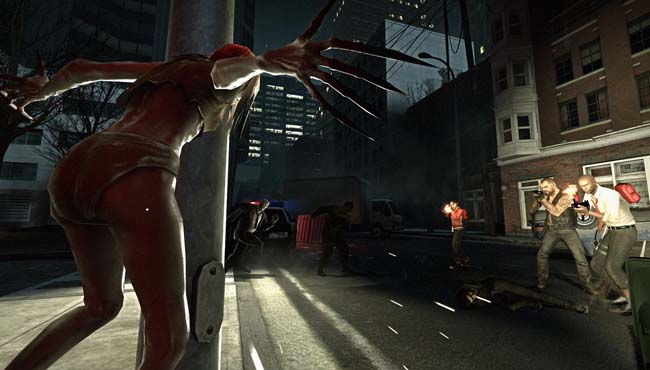 Even though I’ve been playing the game for a few months now, Left 4 Dead remains my biggest online addiction. Lately I’ve been trying to round up as many achievements as possible…and it hasn’t been easy. But here’s a few tips for getting some of the more challenging achievements.
Even though I’ve been playing the game for a few months now, Left 4 Dead remains my biggest online addiction. Lately I’ve been trying to round up as many achievements as possible…and it hasn’t been easy. But here’s a few tips for getting some of the more challenging achievements.
Cr0wnd
Gamerpoints: 30
Description: Kill a Witch with a single headshot.
Tips: While it’s possible to hit a Witch with a sniper rifle, it’s best to take her out at close range with a shotgun. But timing is very important. I’ve seen most teammates get this achievement while standing slightly behind the Witch while she’s still in a seated position. As they creep closer (with flashlight off) she begins to stand; this is the time to attack. Aim for the back of her neck and head, but you must wait until she’s standing to register the lethal hit.
Field Medic
Gamerpoints: 20
Description: Heal 25 survivors with a first aid kit.
Tips: This one just takes time but is made easier with some cooperation from your teammates. Instead of constantly healing yourself, always offer your assistance to teammates…especially if they don’t already have this achievement. As long as you heal a teammate and they heal you, you’ll both stay healthy and quickly meet the criteria for this achievement.
Ground Cover
Gamerpoints: 30
Description: Save another survivor from a special infected while on the ground.
Tips: It’s hard to stage this one. For me, it just happened. I was incapacitated when one of my teammates was pounced by a Hunter. I just took aim with my pistols and blasted the Hunter. So if you’re down, look around for teammates being attacked by Hunters or Smokers and help them out. Your pistols are surprisingly effective in these dire moments.
No-One Left Behind
Gamerpoints: 20
Description: Beat a campaign with all 4 survivors.
Tips: I didn’t think this one was too hard, but some players are having difficulty with it. The trick is to make sure all of your teammates are up and walking at the time the evac vehicle arrives. If anyone is incapacitated ensnared, or pinned, they’ll be left behind. So consider holding near the evac vehicle until all your teammates are inside. If you’re standing inside the vehicle, anyone lagging behind can be abandoned instantly if they run into trouble, giving you no time to stage a rescue attempt. So don’t step inside the vehicle until everyone is okay. Also, it’s best to attempt this on easy or normal difficulties.
Pyrotechnician
Gamerpoints: 20
Description: Blow up 20 infected in a single explosion.
Tips: This one is easy if you have the cooperation of your teammates. A single pipe bomb is sufficient to draw 20 infected prior to the big boom. However, make sure your teammates hold their fire while the pipe bomb is beeping. The more zombies that gather around the pipe bomb, the more likely you are to get this achievement.
Witch Hunter
Gamerpoints: 20
Description: Kill a witch without any survivor taking damage from her.
Tips: Depending on the circumstances, this achievement can be earned at the same time as Cr0wnd or Burn the Witch. If you need Cr0wnd, sneak up behind the Witch and perform the close range shotgun kill for the double achievement. If you need Burn the Witch it’s best to attempt this from a upper level requiring the Witch to climb before reaching you. Smack the Witch with a molotov to earn Burn the Witch, then rapidly blast her until she dies before she can attack you or your teammates to get the Witch Hunter achievement.
